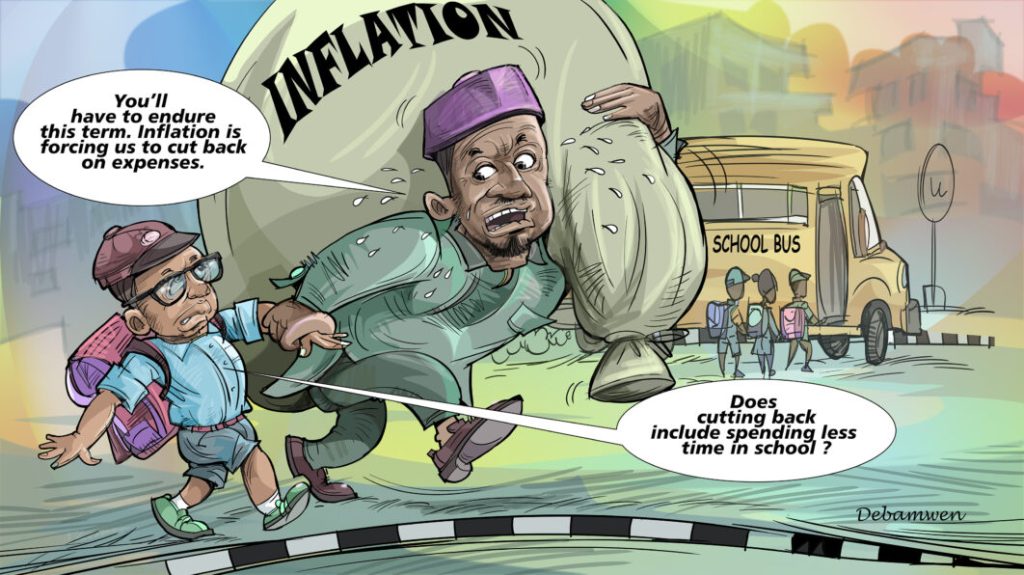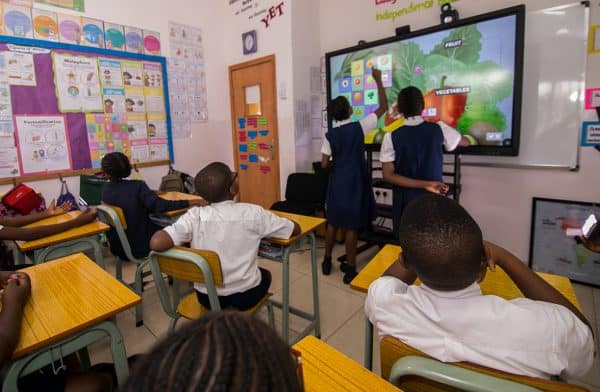In today’s economic climate, particularly in Nigeria where inflation is surging, school owners must adopt robust financial management strategies to maintain sustainability. Inflation is driving up the cost of essential goods and services, affecting everything from school supplies to utility bills and staff salaries. With these financial pressures, effective resource optimization is not only critical for keeping schools afloat but also for ensuring long-term growth and development.
Understanding Inflation’s Impact on School Finances

Nigeria’s inflation rate has been on a sharp upward trajectory, leading to an increase in the cost of living and a corresponding rise in the operational expenses of schools. School owners are now faced with higher costs for maintaining school infrastructure, purchasing learning materials, and compensating staff. Additionally, the inflationary trend affects parents’ purchasing power, making it harder for them to afford school fees, leading to a potential decline in revenue.
To counter these effects, school owners must adopt a proactive approach to financial management, focusing on optimizing the resources at their disposal while ensuring sustainability.
Strategies for Optimizing School Resources
- Budgeting and Cost Control: Effective financial management starts with a well-planned budget. School owners should assess their income sources, including tuition fees, grants, and other revenue streams, and align them with their expenditures. Identifying non-essential spending and cutting unnecessary costs is key to maintaining financial stability. For instance, exploring bulk purchasing options or partnering with suppliers for discounts can help reduce costs.
- Human Resource Management: One of the largest expenditures for schools is staff salaries. School owners can optimize this by hiring qualified staff who can multitask or play multiple roles, thereby reducing the need for excessive hires. Additionally, offering performance-based incentives instead of across-the-board salary increments can help motivate staff without straining finances.
- Investing in Technology: In the face of rising costs, school owners should explore digital solutions that can lower long-term operational expenses. For instance, adopting e-learning platforms reduces the need for physical learning materials and can also open up opportunities for remote learning, reducing infrastructure costs.

4. Maximizing Existing Infrastructure: Schools can generate additional revenue by renting out their facilities for community events or running extracurricular programs outside regular school hours. This maximizes the use of existing infrastructure while creating supplementary income.
Ensuring Sustainability
To ensure long-term financial sustainability, school owners should also consider diversifying their revenue streams. This could include establishing additional services such as after-school programs, online courses, or even collaborating with external organizations for sponsorships or grants. Regular financial audits and reviews are essential to monitor spending patterns and make necessary adjustments.
Conclusion
Financial management for Nigerian school owners in this period of inflation requires a delicate balance between resource optimization and ensuring the sustainability of their schools. By adopting cost-control measures, investing in technology, maximizing current resources, and diversifying income, school owners can better manage the financial challenges of inflation while maintaining educational quality. Proper financial planning is key to navigating these turbulent times and securing the future of their institutions.
